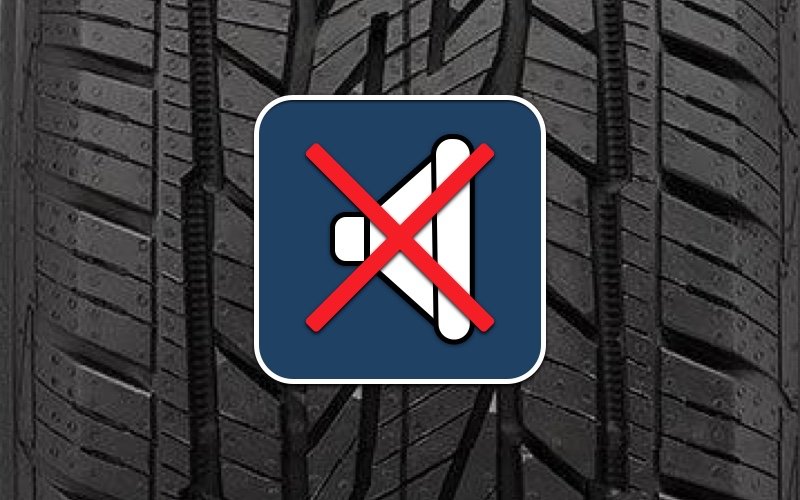Does your tire have a bunch of dips or bumps across the tire tread? Bad tire cupping is caused by constant bouncing of the tire on the road. This bouncing enables the tire to have a bump-like wear appearance, thus creating what’s know as tire cupping noise.
Fix The Problem
When driving at higher speeds, a cupped tire may cause a rumbling or roaring noise, known as a tire cupping noise. Your car ride may also be really rough or noisy at certain speeds, due to this issue.
Listen twice as much as you speak. It could help you identify the problem.
Tweet
These noises and rough car rides are due to the fact that the cupped tires do not allow the entire surface of your tire to come in contact with the surface of the road evenly. Causing your tire to bounce and wear prematurely.
Unfortunately there is no reversing a cupped tire. You need new tires to fix the issue.
A cupped tire will make a similar noise to that of a bad wheel bearing. Tire cupping noise will sound like a humming or roaring coming from either the front or the rear of your vehicle. The noise depends on the affected tire and or wheel bearing.
Although a bad hub bearing and tire cupping noise sound the same, they are two very different problems. The key is to figure out which one is causing your noise.
Advertisements
When it comes to diagnosing your tire cupping noise, start with looking at your tires.
First of all, check to see when your tires were made. Then make sure to measure your tread depth.
Look at your tire tread for bumpy tread and or dips in your tire. Run your hand across the tread of your tire. If it feels like your tread goes up and down and isn’t smooth, more than likely you have tire cupping.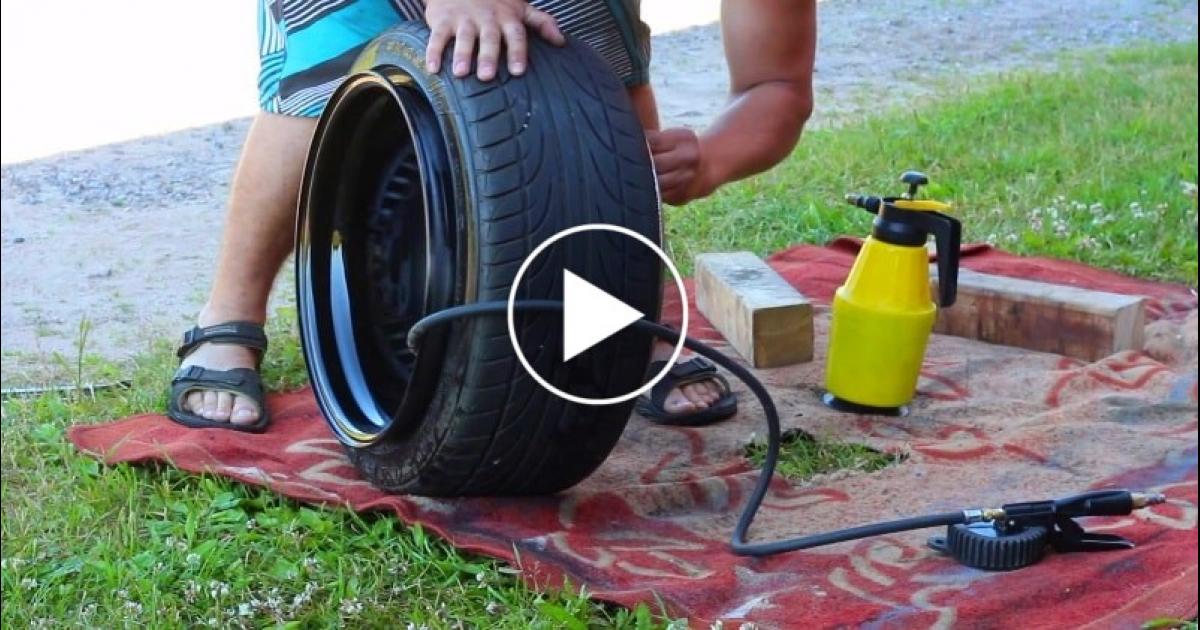
The only way to get rid of tire cupping is to replace the tire.
Please note: These bumps will be constant all the way around your tire. They can be located on the outside edges or all the way across your tire. These bumps can be hard to see. Consequently, if the tread of your tire feels or looks like this you have tire cupping.
Seeing what’s right in front of you isn’t always as easy as it seems.
Tweet
Tire cupping noise will definitely cause a roaring/ humming noise while driving. This noise can only be silenced by replacing your tire(s).
Diagnosing a hub bearing is simple and requires just a few steps.
The major difference in distinguishing between a cupped tire and a bad wheel bearing is the sound your tire makes while you turn or speed up. If you have a bad wheel bearing the noise will grow louder as you turn.
On the other hand, here are a few other ways to check your hub bearing. You will have to decide which of these procedures will work best for your vehicle.
See below for our 3 different test.
You will have to decide which of these procedures will work best for your vehicle.
See below for our 3 different test.
Pro Tip: Don’t be afraid. Learn to do things yourself.
Tweet
Note: The larger the tread, the more air volume, the noisier the tire.
Jack up your car and place your hands at the 12:00 and 6:00 position on your tire. Shake the tire up and down on each wheel to see if there is any play in your hub bearing.
Please understand that you won’t always have play in your front hub bearing if it is bad. If your bearing does have play, this means it’s a more severely damaged hub bearing.
Also note, some cars like older ford trucks are made to have up and down play in the hub bearing. So, when you shake the wheel it will move, which would resemble a bad hub bearing.
How to Change a Tire
To further evaluate your vehicle, you need two people.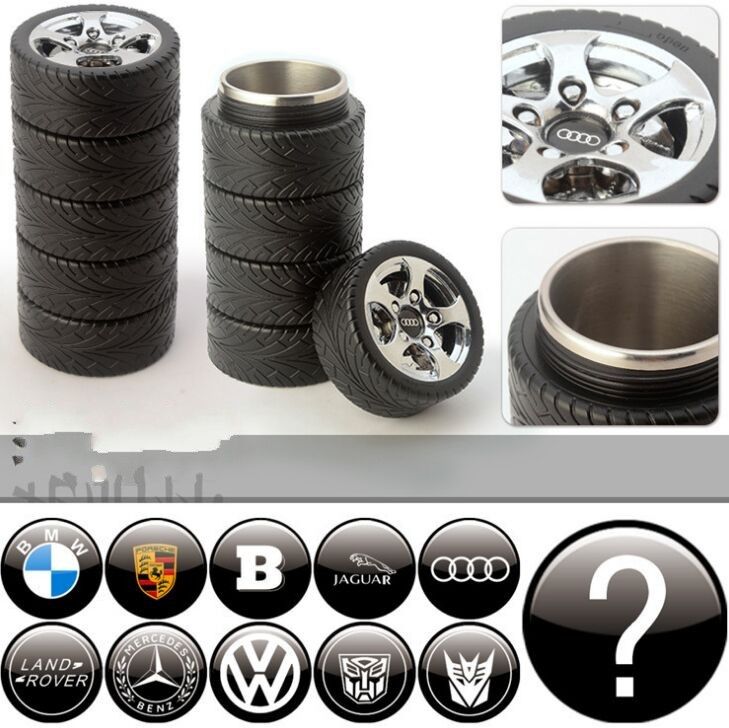
Jack your vehicle up and have someone spin your tire while you hold on to the shock spring (located above the tire) to feel for vibrations. If it vibrates or feels weird you probably need a hub bearing.
Another way to check your hub bearing while all your wheels are off the ground, is to put your car in drive and listen for a roaring noise on each wheel.
Have someone press the gas pedal to get the wheels up to a decent, steady speed. Listen for a roaring hub bearing noise. Be sure to turn your traction control off before you do this.
If you drive a vehicle with 4 wheel drive, you can put it in the 4×4 mode in order to listen to the front.
WARNING: Before doing this test, know where to put jack stands for the vehicle that’s being tested.
3 Ton Jack Stands (Pair)
Constructed of high-grade forged steel with a welded frame design for durability. In addition, they handle a wide range of vehicles including small cars, SUVs, and light duty trucks.
Buy Now
How to Quiet Cupped TiresWhen a tire is cupping, unfortunately it’s too late for it to be saved. You typically just have to buy a tire.
However, first and foremost you need to figure out what is causing the tire cupping. This determination insures that this does NOT happen to your new set of tires.
Something could be wrong with your suspension, alignment, tire balance, or you just have cheap tires.
Try putting the more severely cupped tires on the rear. When a bad tire is on the rear vs the front, you will feel and hear the tire(s) less.
Sometimes, after fixing what caused the cupped tire in the first place, your tires will smooth out some, but it’s highly unlikely that they will ever be as good as new.
So, to wrap this up, after you fix the alignment/suspension issue, you will need new tires. Likewise, if the culprit to your cupping was driving on cheap tires, go ahead and try a different brand.
Once the new tires are on your vehicle, be sure to double check your wheel alignment.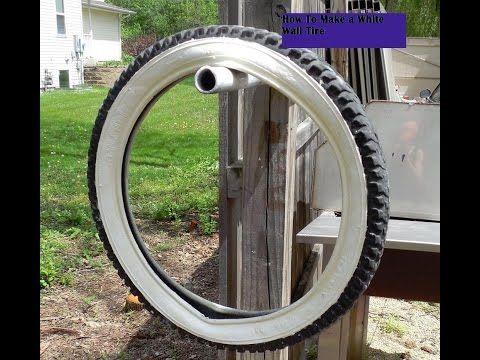 This will insure you get the max lifespan for your tires.
This will insure you get the max lifespan for your tires.
Do you get loud tire noise at highway speeds, or do you get loud tire noise at low speeds? Are you wondering why your car shakes when accelerating at low and fast speeds? Are your car tires causing your car to have a rough ride all together?
These could very well be a sign(s) of tire cupping. Tire cupping is when your tire is literally bouncing and only certain parts of the tire are coming in contact with the road. This bouncing causes a premature tire wear in a bump like pattern. Unfortunately, there isn’t a way to reverse the process.
What causes tire cupping?
The answer is a bunch of things. Here are a few examples: bad shocks or bent shocks, loose tie rod, bad struts, bad rack and pinion, bad control arm, bad alignment, driving with bad control arm bushings, driving on bad ball joints, tires out of balance, cheap tires.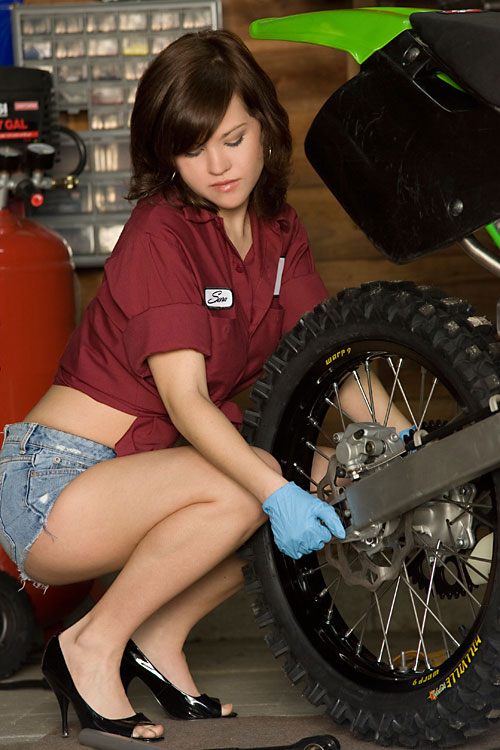
Your suspension helps to ensure that your tires stay firmly planted on the road. They are also in place to absorb the impact from the road.
When your suspension is worn out/broken this can cause your tire to bounce. This causes the tire to wear in a bump like pattern known as tire cupping.
For safety reasons, it’s always a good idea to make sure your suspension is in perfect working order. Additionally, this inspection insures a long tire life span.
Your shocks may only last about 60,000 miles, while your struts can last up to 90,000 miles. This number can vary depending on how you drive. Depending on how well a tire is made, certain tires can be more prone to tire cupping.
Symptoms of Tire CuppingHave you noticed your car rattling and vibrating lately? You might have cupped tires. This common issue is known for making driving bumpy and for causing a loud noise while driving.
This common issue is known for making driving bumpy and for causing a loud noise while driving.
It can also make driving more difficult and dangerous, and is typically a sign of other, more serious issues. The grinding noise particularly is one of the most notable issues associated with cupped tires, and can become louder and more aggressive over time.
But don’t worry! This article will show you how to identify tire cupping, as well as how to fix it and how to quiet cupped tires. We’ll also give you some information about the risks of cupped tires, and how to prevent the issue from happening in the future.
What are Cupped Tires?So what is tire cupping? If you don’t already know, it is a common issue that many drivers experience. Cupping (or scalloping) on tires is when the tire bounces and doesn’t touch the road evenly.
You’ll be able to see if your tires are cupped – this usually looks like there are gouges taken out of the rubber at 3-4 inch intervals.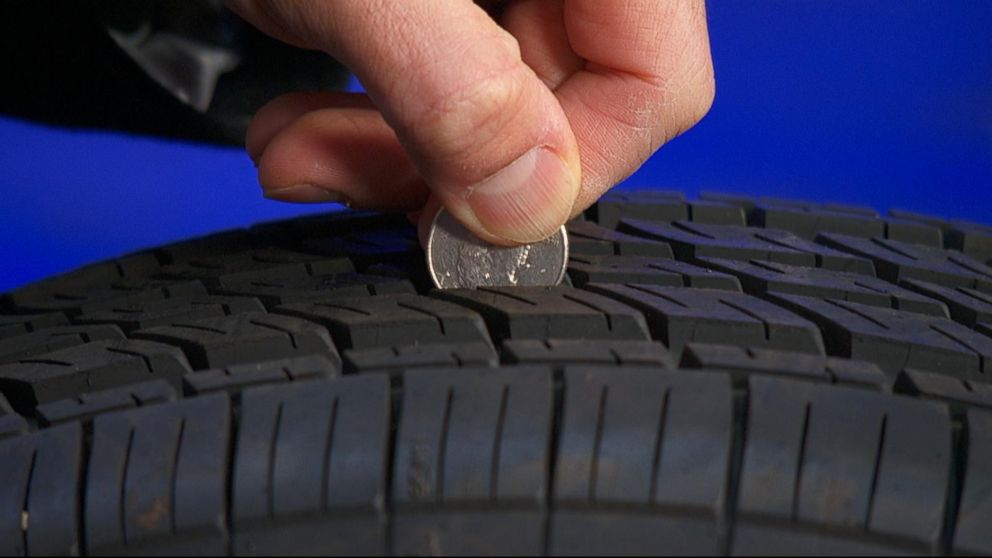 The treads will also have bumps and dips worn down into them. It can be harder to see this if the cupping is on the inside of the tire – for instance if your wheels have a negative camber.
The treads will also have bumps and dips worn down into them. It can be harder to see this if the cupping is on the inside of the tire – for instance if your wheels have a negative camber.
Other signs of cupped tires are an increased rattling while driving that you can feel in your seat and/or steering wheel, and a grinding sound that gets louder when you drive at higher speeds. If you notice any of these signs, your tires could be cupped.
What Causes Cupped Tires?There are several reasons why your tires might be cupped. Misaligned or unbalanced wheels, improper suspension or shock absorption, and under-inflated tires could all be the cause of cupping. To find out what’s making your tires cup, the best thing to do is take your car to a mechanic.
Cupped tires symptoms can include several issues that affect driving, such as excessive vibration and a grinding noise that gets more severe at higher speeds. Cupped tires can also reduce the handling of your car, and make turning more difficult.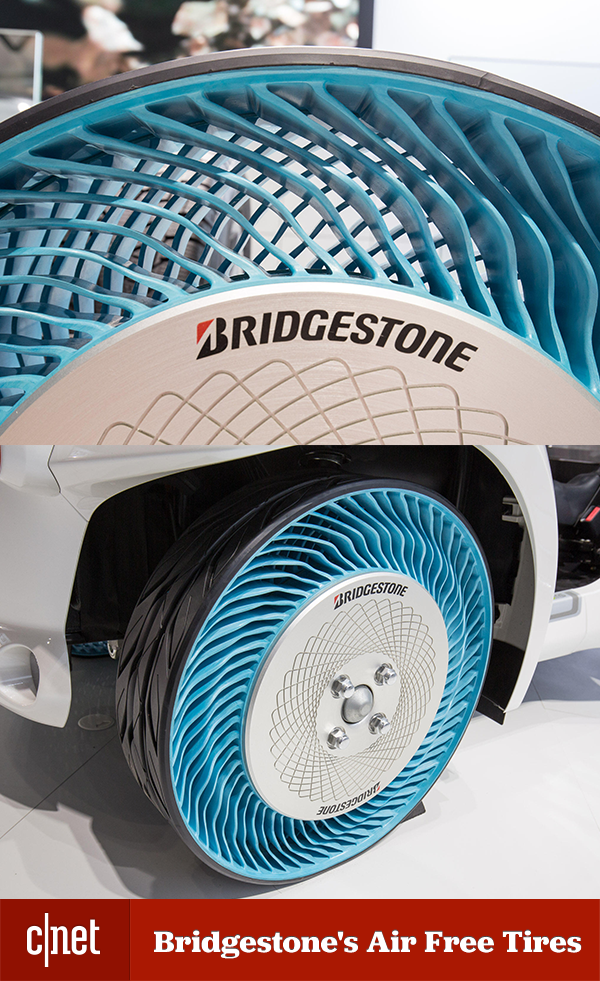
If your tires are cupped it’s best to get a professional to take a look to see what’s causing them – simply replacing your tires won’t help if the issue is with your suspension.
Your tire problems could be an indicator that something else is wrong with your vehicle.
How To Quiet Cupped Tires?One of the major problems caused by cupped tires is a loud growling or grinding noise, which gets worse while driving at faster speeds. If you can’t see a mechanic for a while or just want to reduce the noise your tires are making, don’t worry – there are ways to make them quieter.
The first thing you need to do to quiet cupped tires is to figure out what’s causing the issue. If the issue is with the suspension, the alignment, or the caster, you’ll need to get this fixed as soon as possible.
If the issue is with the tire itself (either due to low pressure or a cheap tire) then there are ways to lower the noise without an urgent fix. As long as the cupping isn’t too severe, you will still be able to drive on the tire.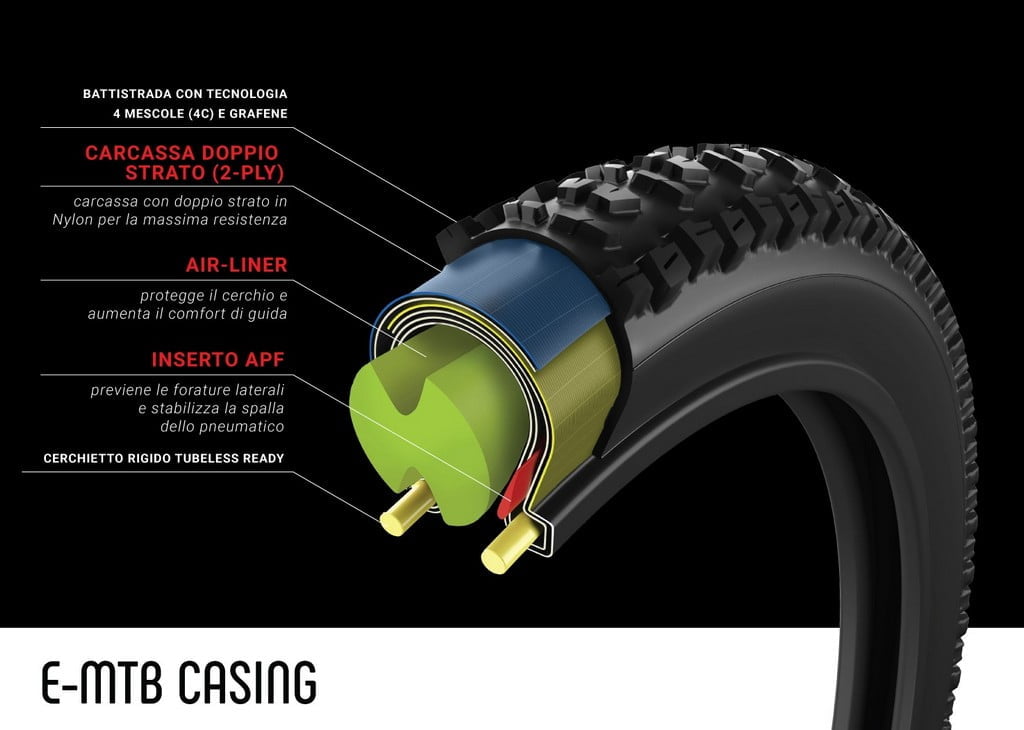
If you’ve got a garage air compressor you could make sure your tires are properly inflated. That will already have a positive effect to quiet cupped tires.
Correcting your alignment, wheel balancing and suspension will also help. A worn wheel bearing could also be contributing to whining sounds you hear from your wheels.
Vehicle noise is cumulative so it could be a combination of sounds all adding up to annoy you. Buying a performance muffler or even the best additive for quieting engine noise could help quiet things down a low.
Strut noise is also a common source of vehicle noise. Worn out struts are also one of the reasons your tires end up cupped to begin with.
While it won’t help cupped tires, even something simple like installing a quiet electric fuel pump can help to quiet your car.
If you’ve tried all these things and the noise is still bugging you then you either need to replace them or try some other options.
Will Cupped Tires Smooth Out?Unfortunately, when a tire is cupped there’s no easy way to undo the cupping. Typically you would need to replace the tire. However, if you caught the issue early enough and there is minimal cupping, don’t scrap the tire just yet.
Typically you would need to replace the tire. However, if you caught the issue early enough and there is minimal cupping, don’t scrap the tire just yet.
As long as the cause of the issue is fixed and the tire doesn’t have a large amount of scalloping you may still be able to drive on it just fine.
Just be aware that if the issue persists you will need to replace your tire as soon as possible. And of course, always listen to your technician’s recommendations.
It’s not a great idea but if you’re desperate you could give it a try. You’d need to put the tire on one of your driven wheels, depending on whether your vehicle is rear or front wheel driven.
Keeping your foot on the brakes and the gas will burn some rubber and could, in theory, flatten the cupping out a bit. You should probably choose a remote area to do this. Your neighbors won’t be so happy to have more than the usual traffic noise through the window.
You’re better off taking your tires to a tire repair workshop though.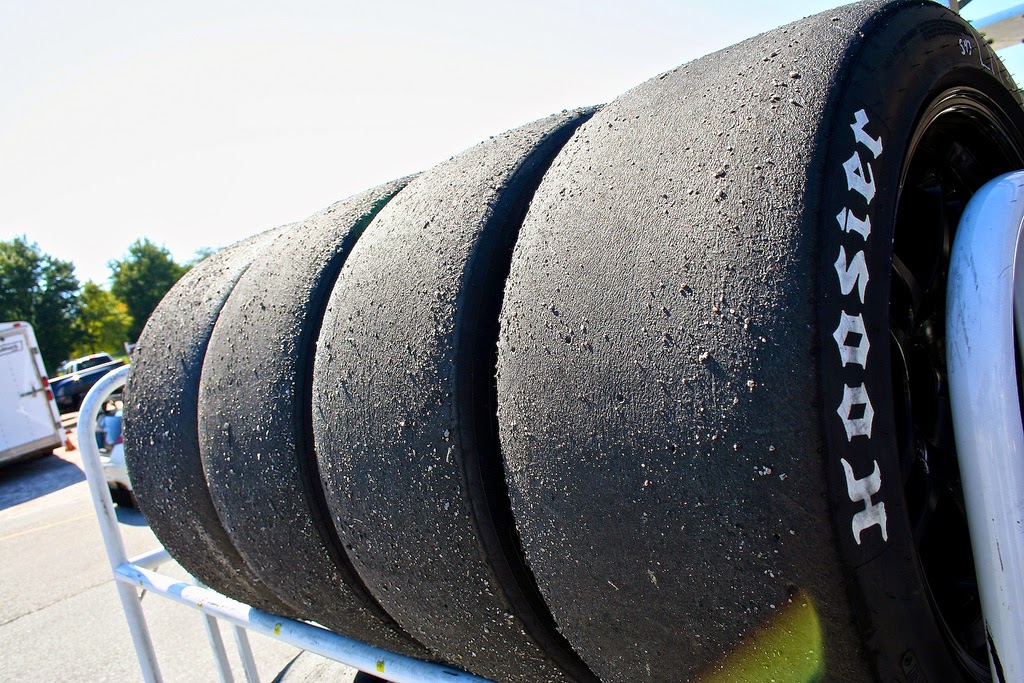 If the cupping isn’t too bad they can often grind or shave the tire a bit to even the cupping out.
If the cupping isn’t too bad they can often grind or shave the tire a bit to even the cupping out.
Tire cupping does cause vibration but it may not be the reason you’re experiencing vibration when driving. It could also be due to wheel balancing or your suspension. It could also be a combination of things including cupped tires.
Depending on what is causing the cupping, switching the positions of your tires may help reduce the noise and vibration. Moving a cupped tire from the front of your car to the back can lessen the noise and the bouncing, while not requiring a new tire straight away.
You should also make sure that your tires are inflated properly. Not only will this stop the issue from escalating as quickly, but fully inflated tires are also going to be making the correct contact with the road more often. Just make sure not to over-inflate your tires – this will cause wear on the middle of the tire, causing more cupping and increasing your risk of a blowout.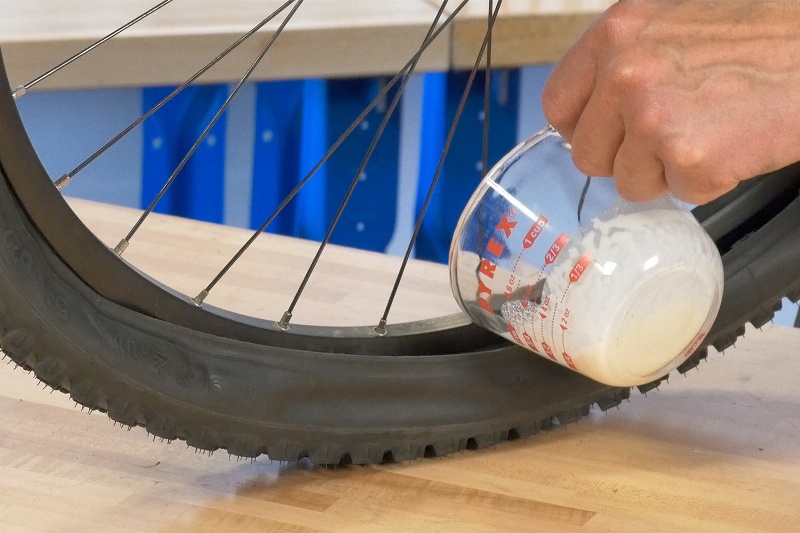
If you’ve resolved the cause of the cupping, your tire might also smooth itself out after a short time. While the tire won’t be as good as when you first got it, the vibrations and noise will resolve themselves over time.
If you know how to balance a tire yourself, this is another way to lessen the grinding sound. Cupping caused by wheels that aren’t properly balanced will only increase over time. Balancing your wheel will lessen the wear and tear on your tire, reducing the cupping and, by extension, the noise.
While there are ways to quiet cupped tires, don’t think that everything is all sorted. Unless you know for certain that the tire is the cause of the issue, you can do more damage to your car in the long run.
This puts yourself and others in danger. Additionally, unless your tire is mostly fine after the reason for scalloping is found and fixed, you’ll be at a greater risk of an accident. If you aren’t sure why your tires are cupping, you should take your car to a repair shop as soon as you can.
If you don’t have cupped tires yet, or want to avoid it happening again, there are several ways you can prevent your tires from getting scalloped.
If you notice any unusual rattling or noises, you should get your car checked at a repair shop straight away. This will not only stop the issue from getting worse, but you may also find a more serious issue that would lead to cupping.
You should also make sure your car is getting the upkeep it needs. Keep your tires inflated to the right level. You should check the air pressure in your tires once a month.
Keep an eye out for bouncing and vibration that might indicate suspension issues. Not only will improper suspension cause scalloping, it can also lead to other, more serious problems.
Poor suspension or wobbling tires are a major risk, particularly when driving fast or on bumpy roads. If you notice any bouncing and vibration, get your suspension checked. You may be able to stop scalloping before your tires get the chance to wear down.
Another way to lower the risk of cupping is to avoid buying cheap or unreliable tires. While you don’t need to break the bank for the best tires on the market, buying a sturdier tire will help avoid cupping and keep you driving smoothly. Getting a better tire will cost you a lot less than fixing your whole car if the cupping gets worse.
Tire maintenance can save you a lot of money in the long run.
Are Cupped Tires Safe To Drive On?While you can technically still drive on cupped tires if the overall condition of your tire is still good, it’s important to know the dangers cupped tires can cause.
Because tires with scalloping aren’t consistently making contact with the road’s surface, cupping can lead to reduced handling, especially while making turns. You also have less grip, both due to the bouncing and the lack of contact with the road. This can get particularly bad when driving at higher speeds, and you might slide when making sudden stops.
Cupped tires will create vibrations throughout your car. Not only can this be uncomfortable and make your grip on the steering wheel less secure, but long periods of rattling can also damage other parts of your car and lead to more problems down the road (pun fully intended).
And while the loud noise might not be the biggest problem on its own, it’s a sure sign that something isn’t right. If you notice the sound changing or worsening, it is crucial that you take your car in for an examination.
Final ThoughtsSo now you know what causes tire cupping, what you can do to reduce the noise, and the best way to prevent any more issues. Remember: quieting your cupped tires is only a temporary solution.
If the issue is ongoing, make sure to get your car checked by a professional. Quieting your tires is great if there isn’t any major scalloping and you’ve gotten the cause fixed, and will help with both the noise and vibrations.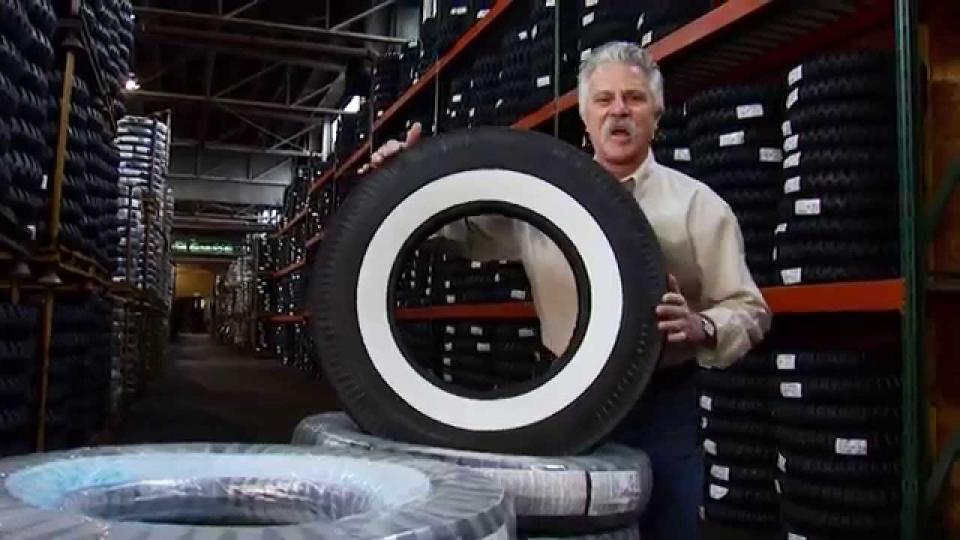 As long as it’s safe to do so, you can try the steps here to keep them quiet.
As long as it’s safe to do so, you can try the steps here to keep them quiet.
Drive safe!
Refer to the owner's manual for the recommended tires for your vehicle. As a rule, at the end of the brochure - where technical specifications and recommended fluids are given. Or, alternatively, the dimensions of the dimensions of the tires approved for your car can be indicated on the B-pillar under the driver's door lock bracket, on the gas tank hatch, or even on the inside of the glove box lid (on some localized models).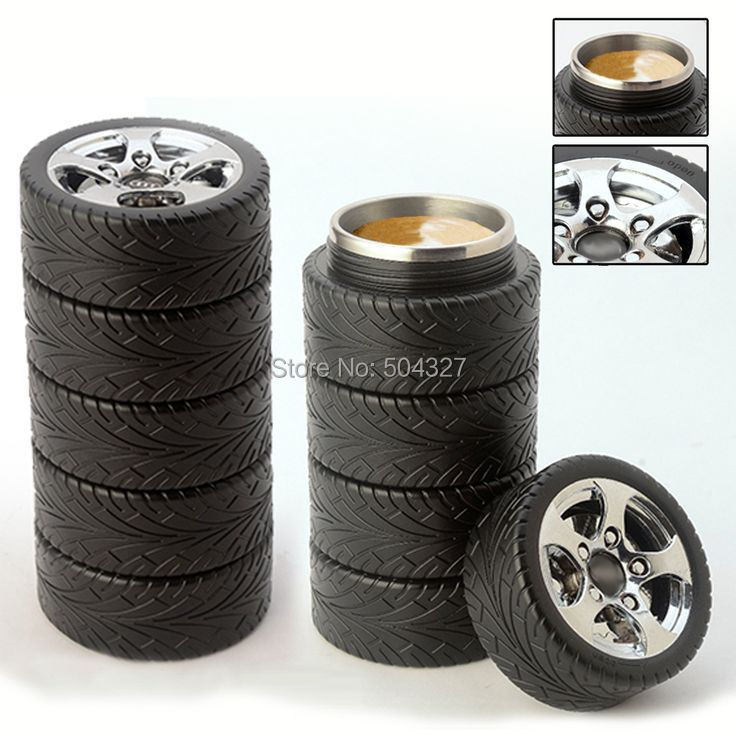
As a rule, there are several allowed dimensions. However, if you are not going to change rims (officially - “wheels”, because what we used to call “wheels” is called “wheel assembly”), you should choose tires with exactly the same bore diameter.
Dunlop's popular summer tire. It is produced in a huge number of variations, so the price for one tire can be completely different. Tire diameter can be from 15 to 22 inches, width - from 195 to 325mm, and profile heights range from 60mm to low profile 30mm.
Older versions of this tire can provide a vehicle with a speed of up to 300 km/h (index Y). The advantages of the model include that it holds both wet and dry roads well. The tire itself is relatively strong and resists cuts and hernias to a reasonable extent. The downside of this strength is rigidity - the car on this rubber can become somewhat shaky, and the bumps in the road will be felt more strongly.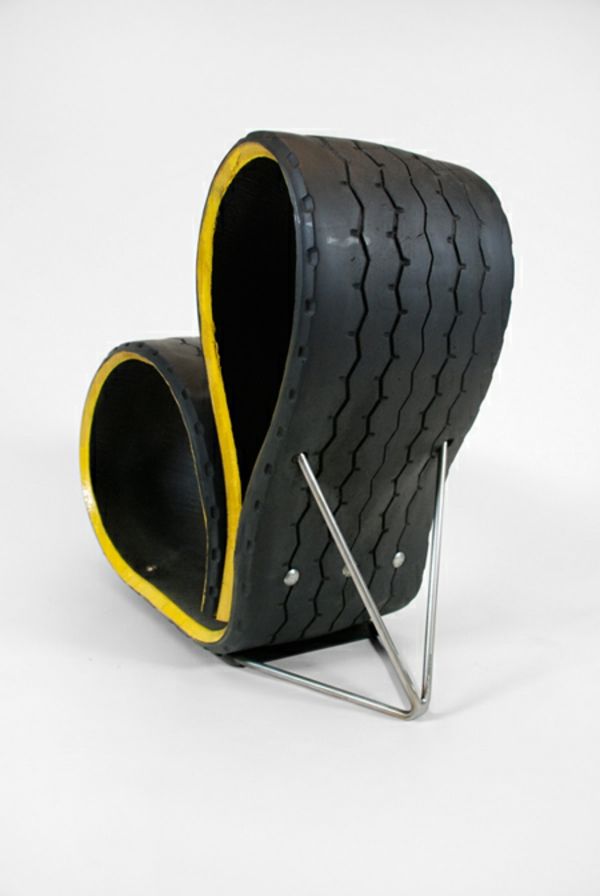 Some drivers also complain about the acoustic accompaniment - with these tires in the cabin it can become noisier.
Some drivers also complain about the acoustic accompaniment - with these tires in the cabin it can become noisier.
Wide range of sizes, quite strong, excellent steering
Too stiff, noisy
Summer tires from an Italian-Chinese tire manufacturer. Cinturato P1 Verde can be easily found in standard equipment of some cars. For example, they put it on the "stuffed" Lada Granta. The tire is available in several sizes. Diameter - from 13 to 20 inches, width - from 145 to 275 mm, profile - from 70 to 30 mm. The tire is not afraid of ruts and feels good even in a sharp turn. Pits Cinturato P1 Verde endures stoically, but do not overdo it - the tire sidewalls are relatively soft.
Because of this, you can easily get a hernia or a cut, after which the tire will go to a landfill. The tread pattern is designed in such a way that the rubber is not afraid of hydroplaning. But even on a muddy primer it’s better not to meddle on it - the car has every chance of getting stuck.
Moderate cost, the car will turn more confidently, not afraid of aquaplaning
Delicate sidewalls, you can get stuck on it in the mud
The tire from the Japanese brand Toyo is by no means created for the "eaters" of kilometers of tracks. This is a balanced and inexpensive summer tire mainly for city driving. Available in diameters 13-20 inches, widths 165-245 mm and profile 40-80 mm. Rubber in motion is soft and quiet.
Tires provide good grip, but in tight corners (especially if the profile is higher) they can break. Someone thinks that the sidewalls of the Toyo Proxes CF2 are soft, but they definitely won’t suffer from contact with the curb.
Well, the tread gives out a purely road tire purpose - even on a dirty road after rain, the car can start to slip.
Relatively inexpensive, quiet, good grip on dry pavement
On a profile from 55 mm, there may be cracking when entering a turn, you can skid even on a slightly wet muddy road
 MICHELIN Pilot Sport 4S
MICHELIN Pilot Sport 4S An elite tire for elite cars - this is how the Pilot Sport 4 S can be characterized. The special position of the tire can be understood from the considerable price - one wheel costs more than a set (with a spare tire) of rubber for a small car. The sizes in which rubber is produced correspond to: diameter from 18 to 22 inches, width from 135 to 355 and low profile 25-45 mm. Moreover, for all tires, the speed index is indicated by Y (up to 300 km / h). Of course, on public roads, even on a powerful car, such speeds are incredible, but on a sports track, such a tire will come in handy. Needless to say, this rubber provides excellent grip and steering in corners.
The low profile imposes its limitations - even small potholes on the roads should be avoided, and the sidewall may not withstand contact with the curb. The flip side of excellent grip is also quick wear - rubber, as they say, can go away in a season.
And one more feature - in the off-season, when the air temperature drops below +10 degrees, the tires start to make excessive noise.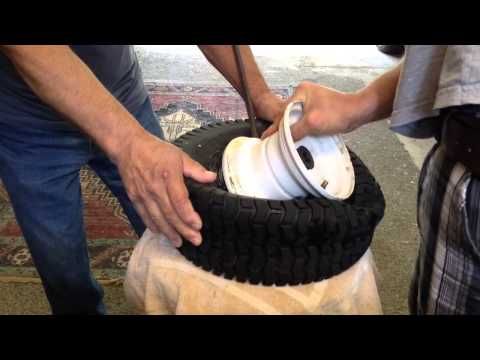
Provides excellent handling (of course, if the car matches), clings to asphalt
Afraid of potholes, pits and parking - low profile, the price seems too high even against the background of classmates, increased tread wear It is presented on the market in several dimensions: diagonal - from 13 to 18 inches, width 145-245 mm, height - 40-70 mm. On the road, the Bluearth ES32 has proven itself to be a quiet tyre, with medium stiffness and durability. Low rolling resistance can also be recorded as an asset of the model, which means that the roll increases and fuel consumption decreases.
By the way, the tires of this series, which are sold in Russia, are produced at the plant in Lipetsk (which does not affect the final quality of the product). Some motorists complain about the soft sidewall, but the tire is relatively new on the market, and there are no real cases when the curb stone pierced the wheel.
You can complain about the tread pattern, in which small stones strive to fill up, after which the wheels begin to click on asphalt.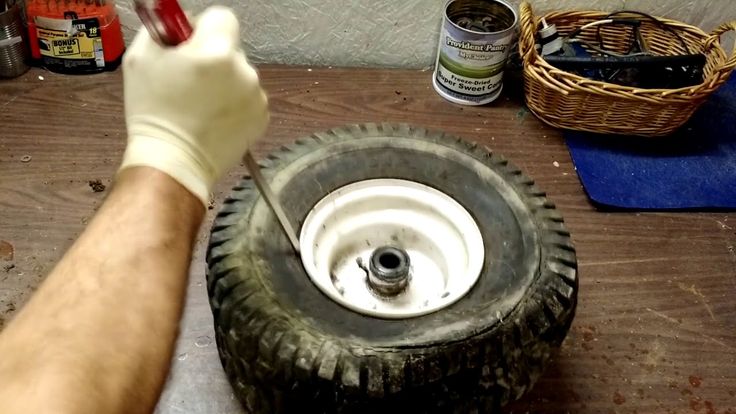
Accessibility, quietness, low rolling resistance
The tread pattern literally collects small stones, perhaps the sidewalls are not strong enough. You can take a closer look at Belshina Artmotion. It is available in four diameters: 13-16 inches. The width of the profile can be from 175 to 215 mm, and the height - from 55 to 70 mm (low profile is not about Belshina). Despite the low price, the tires hold the road well and are not afraid of hydroplaning.
Users' opinions differ about acoustic comfort - some motorists find it noisy, while others complain about howling. Rubber by the standards of our time is “oak”, which not everyone will like.
Belshina's problem is its unstable quality. Someone is unlucky and he is faced with a bundle of rubber after 10 thousand km. Other car owners struggle with the imbalance by securing loads.
Very cheap, damage in normal use is rare
May hum, unstable quality
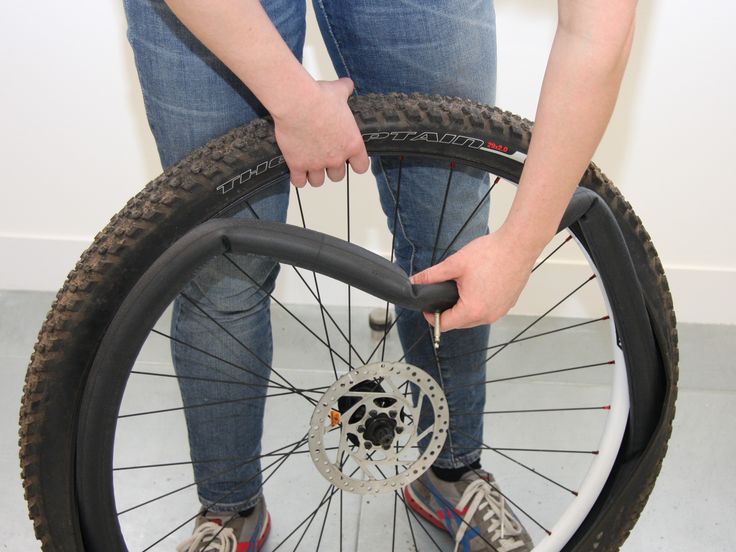 Bridgestone Alenza 001
Bridgestone Alenza 001 The considerable price for this model from Bridgestone is explained by two points. Firstly, although the tire is road, it is focused on SUVs. Secondly, in the Alenza 001 line, you can find models made using RunFlat technology, when you can drive up to 80 km on a flat tire. But you will have to pay extra for this option. The tire is produced in diameters from 16 to 22 inches, width can be from 215 to 315 mm, and height - 35-70 mm. The tire handles rutting and hydroplaning very well.
Car enthusiasts love this tire for its handling at high speeds. Wear resistance is also good. But you need to be prepared for noise, pushes into the cabin almost from the road markings and, no matter how strange it sounds, imbalance. Some buyers encounter it on new tires.
Of course, everything can be fixed with balancing weights, but is it necessary?
Crossover Special, Predictive Handling, RunFlat as option
Nervously reacts to the road profile, imbalance is possible
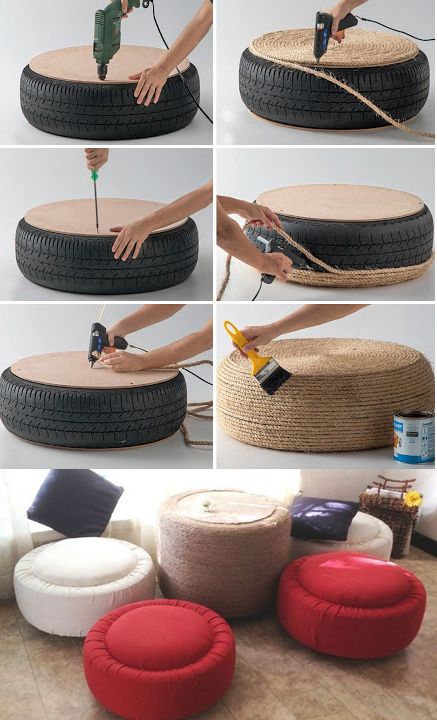 Nokian Tires Nordman SZ
Nokian Tires Nordman SZ A popular summer tire model from the Finnish Nokian has been produced for several years. Available in three sizes - 16-18 inches. The width of the profile can be 205-245 mm, and the height - 40-55 mm. Handling on dry and wet pavement is not bad, good rubber bites into the pavement and when braking.
Tires are relatively soft and quiet. In addition, despite their road nature, they feel good in light dirt (but without fanaticism). The tire seems to be strong, but there is a marriage in the form of tread peeling. There is another problem - after 100 km / h, the tires begin to buzz a lot.
Well established in the market, handling, hard sidewalls
Faulty, hum at high speeds
Korean summer tire with a speed rating of up to 300 km/h. Can be found in diameters from 16" to 20", widths 195-295mm and profile heights 30-60mm. The tire feels good at high speeds, and grip is good on both dry and wet roads.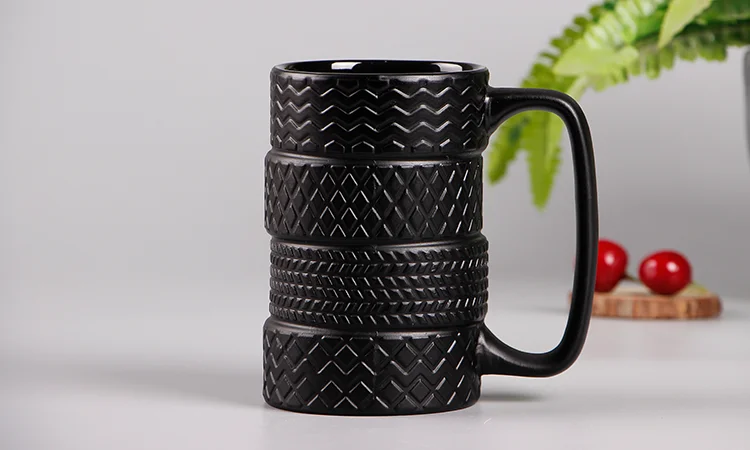
The manufacturer managed to make rubber soft in motion, the sides of which are not afraid of contact with the curb. But it was not without drawbacks - motorists compare the noise from this rubber with winter Velcro. Someone complains about the resource - the tires wear out relatively quickly.
Handling on wet and dry roads, reinforced sidewall, soft in motion
Noisy, resource is not the largest
We figured out the models of summer tires worthy of attention. Now it's worth figuring out how to choose tires for a specific car and your driving style. This will help us Alexander Studkov , owner of a tire fitting station.
Refer to the owner's manual for the recommended tires for your vehicle. As a rule, at the end of the brochure - where technical specifications and recommended fluids are given. Or, alternatively, the dimensions of the dimensions of the tires approved for your car can be indicated on the B-pillar under the driver's door lock bracket, on the gas tank hatch, or even on the inside of the glove box lid (on some localized models).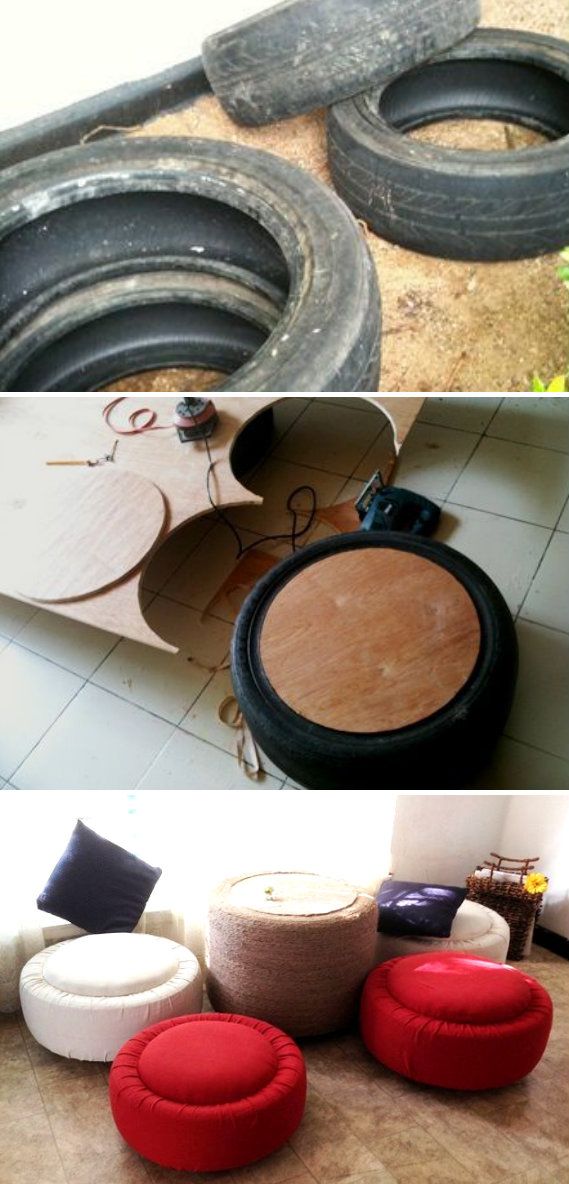
As a rule, there are several allowed dimensions. However, if you are not going to change rims (officially - "wheels", because what we used to call "wheels" officially - "wheel assembly"), it is worth choosing tires with exactly the same bore diameter. Don't quite understand what I mean? Do you find it difficult to read the numbers "encrypted" in the dimension? In fact, everything is simple!
For example, in the specifications or on the tire mounted on the wheel of your car it says: 205/65/R16, where

After you have decided on the dimension: whether it is the same size, or different, but with the same landing radius, or with a different one, but then you have to buy the appropriate wheels ("discs"), we proceed to the selection of the best summer tires for your car.
Summer tire tread pattern can be symmetrical non-directional, directional or asymmetric. The first option is considered the most versatile for the city and the highway. Versatility adds to them and the fact that the tires can be easily interchanged, this does not degrade their properties. With directional symmetry, wet contact is greatly improved. But you need to put them strictly in the direction of rotation. An asymmetric pattern can also be called universal - the characteristics of such a tire are highly dependent on what engineers have invested in it. For example, part of the picture may be responsible for working on dry pavement, and the other - on wet pavement. Install such tires carefully, based on the markings on the wheel.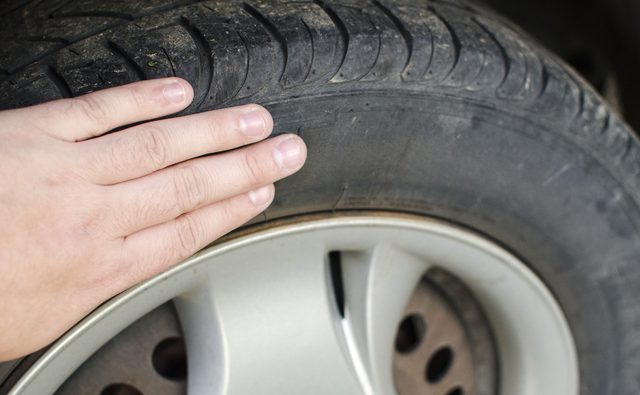
The speed at which you can drive on a particular summer tire depends on the speed index of a particular model. It is indicated by English letters from M (130 km / h) to Y (300 km / h). Tires with maximum performance have a high coefficient of grip with the road and a minimum braking distance. But, of course, such wheels will look logical on the new Mercedes, and not on the urban Solaris.
When choosing new summer tires, remember that good handling often comes with a harsh road response. And vice versa - soft tires that swallow pits and markings can break even in a simple turn at moderate speed. So choose a tire carefully, looking not only at tests on the Internet, but also at the reviews of real motorists.
How quiet your car's interior is depends not only on soundproofing, but also on tires. Summer ones, of course, are much quieter than winter ones, but there are also loud models. Sometimes the tire starts to click because of the projector, or rather, the features of its pattern, into which small stones can be packed.
There are two things to distinguish here - the wear resistance of the projector and how the tire withstands road adversity. With the first one, everything is more or less clear - a hard tire most likely goes through more, and if you are a fan of “sinking” or arranging a burnout, then the rubber can go away in a season.
Pay attention to how strong the sidewall of the tire is. Side cuts when parking are not uncommon, and repairing this is often impossible - you will have to buy a new tire. For expensive cars, RunFlat tire technology has been used for several years now. Even with such a punctured wheel, you can drive several tens of kilometers to a tire shop. They are not suitable for all car models, but if it is possible to put them, then do not save.
(
Updated:
27/07/2020
)
Contents of the article
Often after a seasonal tire change on a car, drivers are faced with such an effect as the rumble of rubber while driving.
This phenomenon cannot be attributed to a serious problem or malfunction of the chassis, but it causes some discomfort when driving. Most of all, as a rule, summer tires are noisier, while winter tires are quieter in operation. In the article, we will look at the main differences between summer and winter tires, understand the causes of the rumble and advise on how to choose the least noisy tires.
When a winter set of tires is changed to summer tires, the driving noise becomes louder. This fact is noticed by all drivers. Experienced motorists do not worry about this, beginners worry. To understand why the rubber is buzzing, you should study a little the features of the summer and winter tires.
The key difference is in the composition of the rubber compound. The production of a mixture is the first stage in the technological cycle for the production of tires for use in different seasons of the year. Accordingly, tires for summer and winter are different in their characteristics and tasks. For the production of winter tires, a softer mixture is used, taking into account driving on slippery roads and at low air temperatures. Soft rubber provides reliable grip of the “contact patch” of the wheel with the road surface. Accordingly, it is characterized by a low noise level during movement.
Accordingly, tires for summer and winter are different in their characteristics and tasks. For the production of winter tires, a softer mixture is used, taking into account driving on slippery roads and at low air temperatures. Soft rubber provides reliable grip of the “contact patch” of the wheel with the road surface. Accordingly, it is characterized by a low noise level during movement.
Summer tires are made from harder rubber, as the main task is to maintain stability and hardness on the road. When changing a “soft” tire to a “hard” one, drivers notice a hum from the rubber. This is a common occurrence.
In addition, tires for summer and winter have different tread patterns. In the first version, it is more smoothed, since the road surface does not have winter "surprises". In the second case, the protector is more pronounced. The pattern is characterized by a large number of grooves that perform the task of removing snow while driving. The number of sipes has also been increased for better tire grip on slippery surfaces.
The reasons for the appearance of a hum when driving a car on summer or winter tires may be the following factors:

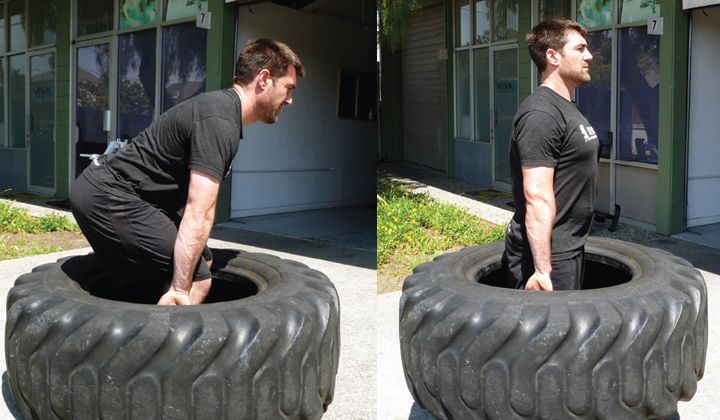 You can check the wear of the wheel element yourself. To do this, raise the car with a jack and sharply turn the wheel. If you hear a noise with a metallic overtone, then the bearing is out of order. In addition, wheel play from side to side also indicates wear on this assembly.
You can check the wear of the wheel element yourself. To do this, raise the car with a jack and sharply turn the wheel. If you hear a noise with a metallic overtone, then the bearing is out of order. In addition, wheel play from side to side also indicates wear on this assembly.
Thus, 2/3 of the reasons why tires buzz are determined by the design of the rubber. As a rule, noise appears during seasonal wheel changes due to the difference in tread pattern. In most cases, this is normal. Since crushed stone acts as a filler for the asphalt mixture in our country, soft rubber with a deep tread “envelops” small breakaway particles and makes almost no noise. A hard tire interacts harder with the coating, which causes noise.
Summer Drive Protection Sound Comfort
Rating:
4.5
Tires Goodyear Eagle F1 Asymmetric 3 SUV
Summer Drive protection
Rating:
4. 5
5
Tires Goodyear Eagle Sport TZ
Summer Drive protection
Rating:
4.5
Tires Goodyear EfficientGrip 2 SUV
Summer Drive Protection Run On Flat
Rating:
4.5
Tires Goodyear EfficientGrip Performance
Winter Drive protection
Tires Goodyear UltraGrip Arctic 2 SUV
Winter Drive Protection Sound Comfort
Rating:
4. 5
5
Tires Goodyear UltraGrip Ice 2
Winter Drive Protection Sound Comfort
Rating:
4.5
Tires Goodyear UltraGrip Ice SUV
Winter Drive protection
Tires Goodyear UltraGrip Performance+ SUV
All season Drive Protection
Rating:
5
Tires Goodyear Vector 4Seasons Gen-3 SUV
Summer Drive Protection Run On Flat
Rating:
4
Tires Goodyear Wrangler HP All Weather
All season Drive Protection
Rating:
4. 5
5
Tires Goodyear Vector 4Seasons
Summer
Rating:
4.5
Tires Goodyear Wrangler All-Terrain Adventure with Kevlar
Summer Drive Protection
Rating:
4.5
Tires Goodyear EfficientGrip SUV
Summer Drive Protection Run On Flat
Rating:
4
Tires Goodyear Eagle F1 Asymmetric SUV
The amount of noise that tires make when moving depends on many factors.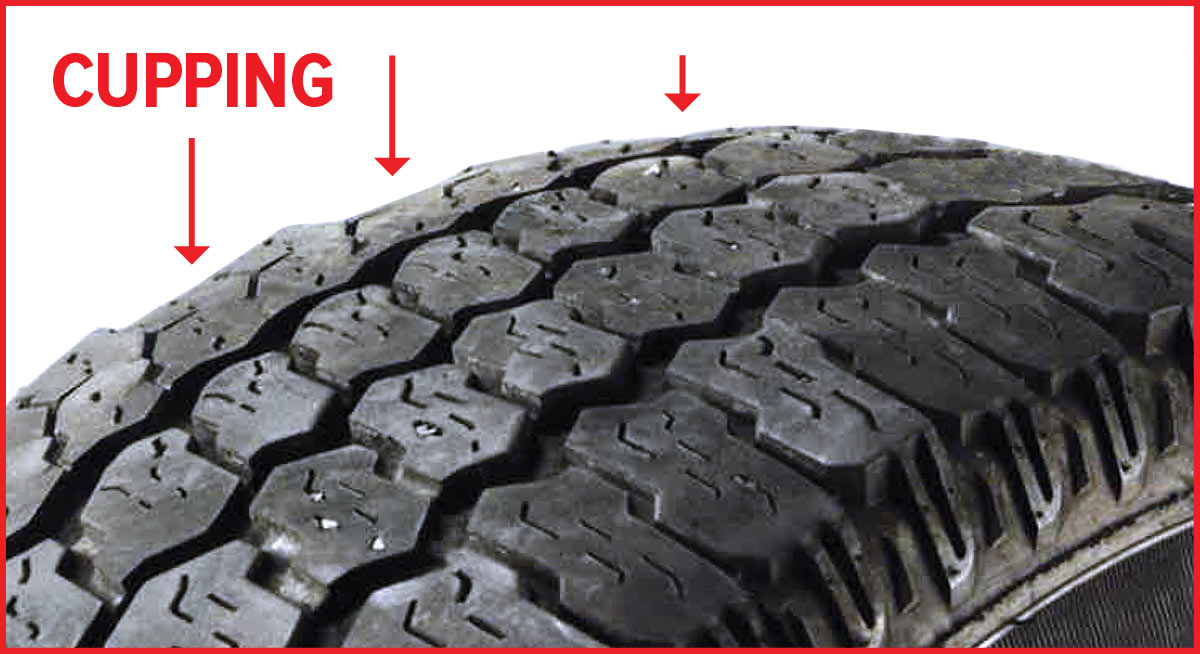 We have listed the most common reasons above. In addition to them, the rumble can provoke a poor quality roadbed or wet asphalt. It should also be noted that if the machine is operated on asphalt roads, then soft tires with a deep tread pattern should be chosen. Typically, tire manufacturers list noise levels in decibels in their tire specifications.
We have listed the most common reasons above. In addition to them, the rumble can provoke a poor quality roadbed or wet asphalt. It should also be noted that if the machine is operated on asphalt roads, then soft tires with a deep tread pattern should be chosen. Typically, tire manufacturers list noise levels in decibels in their tire specifications.
To figure out which summer tires do not make noise when driving, it is enough to know only two parameters.
The first is the hardness of the rubber. The softer it is, the quieter the movement will be. However, there is a downside: softness leads to an increase in braking distance. Experts recommend choosing moderately hard tires with a symmetrical tread pattern. These tires hold the road well on wet surfaces and do not buzz too much. The asymmetric tread is suitable for fans of fast and quiet driving.
The second is the noise level specified by the manufacturer. Usually this characteristic is indicated in the form of waves.